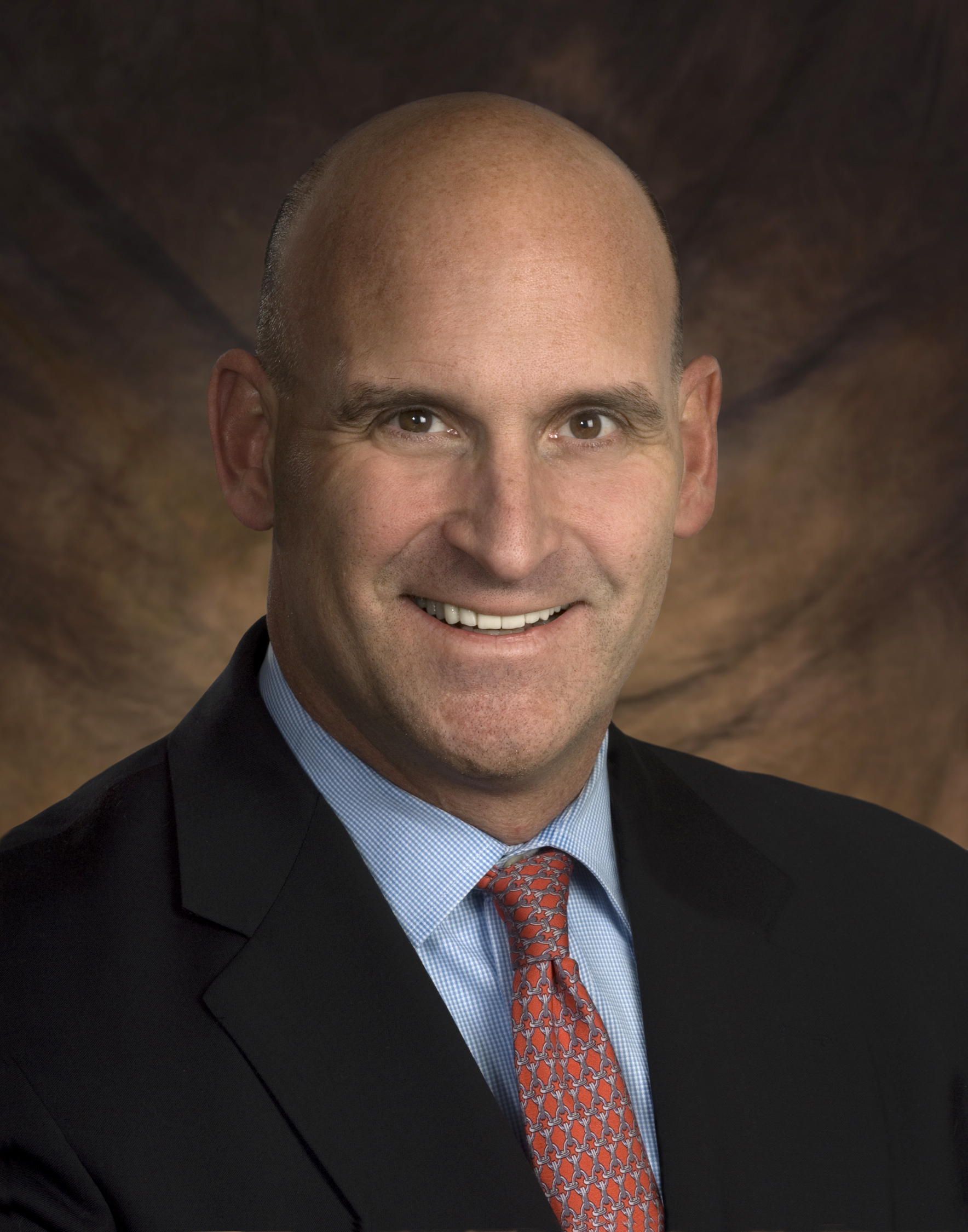 Hospitals are employing specialists today at a higher rate than in the past. Close to 70 percent of physicians are choosing hospital employment as the expenses increase and reimbursement decreases. Some spine surgeons will be happier in the hospital environment, but for more entrepreneurial-minded surgeons other options are available.
Hospitals are employing specialists today at a higher rate than in the past. Close to 70 percent of physicians are choosing hospital employment as the expenses increase and reimbursement decreases. Some spine surgeons will be happier in the hospital environment, but for more entrepreneurial-minded surgeons other options are available. "There are good models of employment out there if surgeons are comfortable with it," says Todd Albert, MD, spine surgeon and president of Rothman Institute in Philadelphia. "My worry is that employment contracts will look good in the short term but over time surgeons become a commodity when they are not independent."
Dr. Albert discusses five tips for spine surgeons to avoid hospital employment.
1. Join a larger group. Whether it's a larger spine, orthopedics or multispecialty physician group, independent physicians are stronger in numbers. Joining or merging into a larger group helps individual physicians cover their overhead costs, increases negotiating power and offers business expertise they didn't have as a one- or two-person operation.
"It's going to be hard for one- or two-man groups to develop the infrastructure for the information technology they will need in the future," says Dr. Albert. "Otherwise, they won't be able take the necessary steps to capture patients unless they are in a market where they can remain outside of insurances, and I think that opportunity is collapsing."
Bigger groups can also fund electronic medical records and work with payors because they control more of the market share.
2. Outline treatment pathways. Larger groups of orthopedists and spine surgeons must organize and form treatment pathways so patients arriving at the office will be directed to the right specialist and follow the appropriate line of care.
"The group has to get together and decide how they will handle patients with each diagnosis, such as whether they will need braces or physical therapy or a combination of both," says Dr. Albert. "Develop protocols because if they do things similarly, they are able to conduct research. It's also less costly and more efficient for patients."
Insurance companies are also increasingly looking for evidence that patients complete each step of their protocol before covering surgical procedures and having each step documented within your own system will easily meet these needs.
3. Invest in information technology. Patients, payors and referring physicians will demand reported outcomes in the future, and the best way to collect this information is through a good healthcare information technology system. These systems should interact with hospitals and other providers so you can stay on the same page.
"Invest in information technology in a way that you can measure and report outcomes, whether to payors or hospital systems, to prove what you are doing," says Dr. Albert. "Be able to measure patient satisfaction as well. All these things are publicly reported, so know what they are and be ahead of the curve before your statistics end up in the newspaper."
Once you are able to track your outcomes and define your quality, insurance companies and policy makers will come to you as they create treatment protocols. "You have to prove your method works, not just say it does," says Dr. Albert.
4. Cover the spectrum of care within your practice. Even if your group is a subspecialty spine group, bring in non-operative specialists to expand your care coverage. Patients are looking for one-stop shops for all of their needs and practices that can't accommodate them will be quickly passed over.
"It's really important to cover the whole gamut of care when it comes to spine," says Dr. Albert. "This means pain management, physiatry, physical therapy and non-operative sports medicine if that's an important part of your practice. In orthopedics, our group wants to cover the patients from start to finish."
Practices should also consider bringing imaging and other ancillary services into the practice when possible, or locating near those providers so patients don't have to go across town for care.
5. Strategically partner with other providers. While spine surgeons can remain independent, there are several mutually beneficial opportunities for them to partner with hospitals, payors and other physician groups.
"You can partner with a hospital without being employed," says Dr. Albert. "Be a good partner by getting the hospital what they need: increased revenue. Help them with pathways and protocols, lower the length of stay, implant costs and infection rates. The hospital provides a great place to work and can marketing your practice. They can also help with associated costs for the practice, including nurse practitioners and extenders."
The newest form of strategic partnership between providers is accountable care organizations. They are forming across the country and surgeons should become involved early, if possible.
"They don't want to be left out of an ACO, and if possible they want to be its sole orthopedics or spine provider," says Dr. Albert. "Developing some of these partnerships might allow surgeons to become more successful while still remaining independent."
More Articles on Spine Surgery:
Building a Multidisciplinary Spine Practice: Q&A With Dr. Ty Thaiyananthan of BASIC Spine
Becoming an Agent of Change: 4 Steps From Dr. Todd Albert
6 Trends in Scoliosis Treatment & Correction From Dr. Peter Gabos


